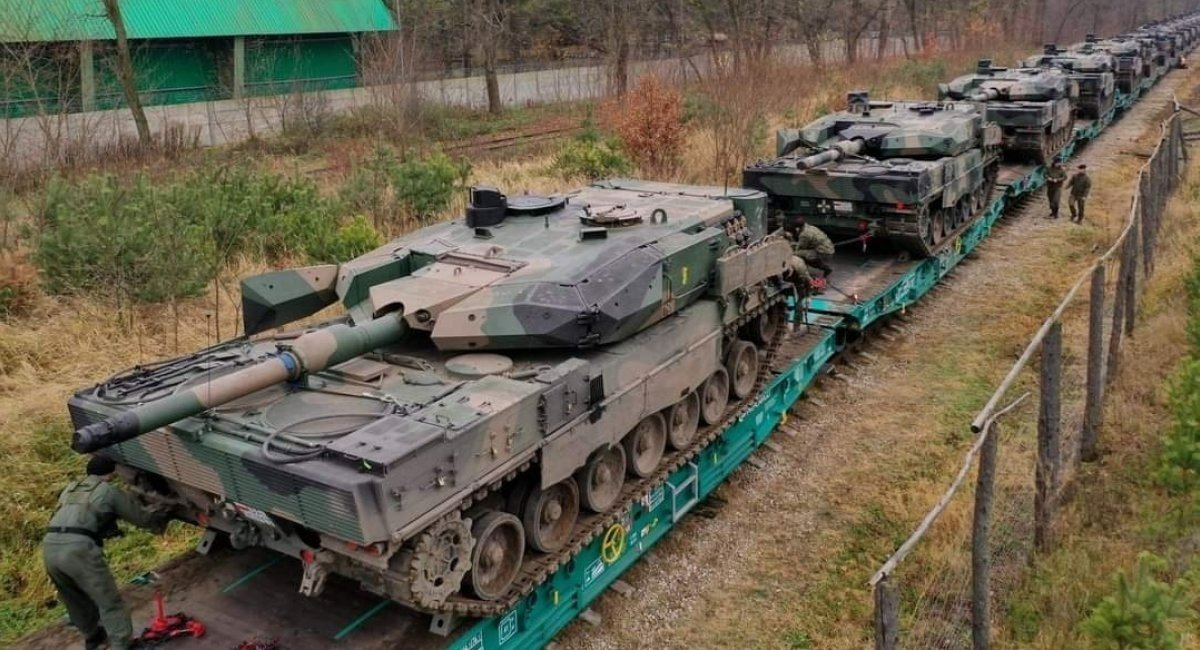


Grand speeches about solidarity and deterrence ring hollow when heavy military convoys can take weeks to cross borders within the supposedly border-free Schengen zone.
A French general recently put it starkly: the EU has declared a target of processing cross-border military transport permissions in five working days, but in practice it still takes “tens of days” to secure authorisations for a single convoy. That is not a minor bureaucratic hiccup — it is a strategic liability. If a crisis were to erupt on the eastern flank, NATO forces would find themselves snarled not by Russian aggression, but by their own allies’ paperwork.
The problem is twofold. First, Europe has spent years issuing plans and pledges about military mobility but has done almost nothing concrete to make them work. Announcements about streamlining procedures are now an annual ritual in Brussels, but actual implementation remains elusive.
Second, the EU is attempting to build a rapid-reaction logistics system on top of a legal and political foundation designed for peacetime trade, not wartime urgency. National authorities cling to their prerogatives, each guarding its own borders, permissions, and infrastructure. The result is a patchwork of bilateral deals, exceptions, and caveats that break down precisely when speed matters most.
Take the state of Europe’s rail network. Moving heavy equipment eastwards involves checking whether bridges can carry the weight, whether tunnels are wide enough, and whether the right rolling stock is available. Some countries, such as France, Germany, and the Netherlands, have military rail wagons ready to deploy. Others have almost none. Those without must scramble for civilian trains, losing valuable time in the process. Meanwhile, supposedly “permanent” border-crossing permissions exist in some places but come with restrictions on the number of vehicles, the presence of weapons, or other conditions that limit operational flexibility.
All this might have been tolerable in the complacent years before 2022. It is intolerable now. Russian forces are entrenched in Ukraine, Belarus has become a military satellite of Moscow, and the Baltic states remain acutely vulnerable. In such an environment, Europe cannot afford to treat military logistics like a routine customs exercise. Tanks cannot sit idle at border checkpoints while officials shuffle papers.
Infrastructure weaknesses add another layer of risk. Certain corridors linking western Europe to the east still contain low bridges and other bottlenecks that make rapid deployment of heavy armour impossible. Plans exist on paper to upgrade these routes, but implementation is slow, uneven, and underfunded. In some cases, progress has been limited to signing “declarations of intent” — a fine symbol of European consensus politics, but useless in a crisis.
The most revealing detail is that even now, with war raging on the continent’s doorstep, European governments have not created a single authoritative body to coordinate military transport across borders. Instead, national agencies continue to operate independently, sometimes competing for access to the same rail networks. If American reinforcements arrive through Atlantic ports, they will have to jostle for capacity on the same tracks needed by European units. Without a central authority to allocate routes and priorities, chaos is almost guaranteed.
This hesitation reflects a deeper failure of political nerve. European leaders want the aura of strategic seriousness without surrendering an ounce of sovereignty. They are willing to promise solidarity, but not to adjust national rules to make it work. The European Union could, if it chose, impose binding deadlines for transport authorisations and create legal mechanisms to override national delays in emergencies. It could digitise and centralise customs procedures. It could fund dedicated military corridors. Instead, it prefers to issue communiqués and hope that the problem will solve itself.
The consequences of this inertia could be catastrophic. In a real conflict, the time lost waiting for permissions or rerouting convoys could determine whether reinforcements arrive in time to deter aggression — or whether Europe watches, paralysed, as its eastern allies face attack. For all the talk of “geopolitical Europe,” the reality is that the continent remains a logistical labyrinth.
Europe likes to imagine itself as a credible pillar of Western security. But credibility is not built on summit declarations; it is built on the ability to act at speed. At present, that ability simply does not exist. The gap between rhetoric and reality is not narrowing — it is widening. And until Europe confronts its own bureaucratic failings with the same seriousness it applies to speeches about solidarity, its eastern flank will remain dangerously exposed.
Main Image: Illustrative photo: rail transportation of Polish Leopard 2 main battle tanks / Open-source photo
You must be logged in to post a comment.
Migration, Radicalisation, and the Manchester Synagogue Attack: A Wake-Up Call for Europe